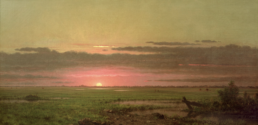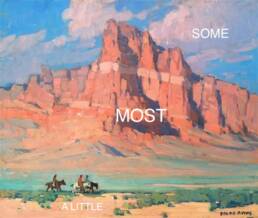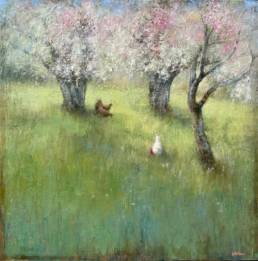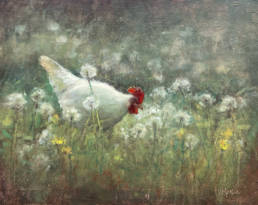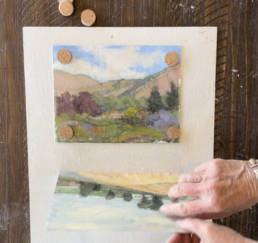Why varnish your oil paintings? One of the most common reasons is that once your oil painting has dried to the touch, you may notice that it has dried to different qualities of saturation and depth.
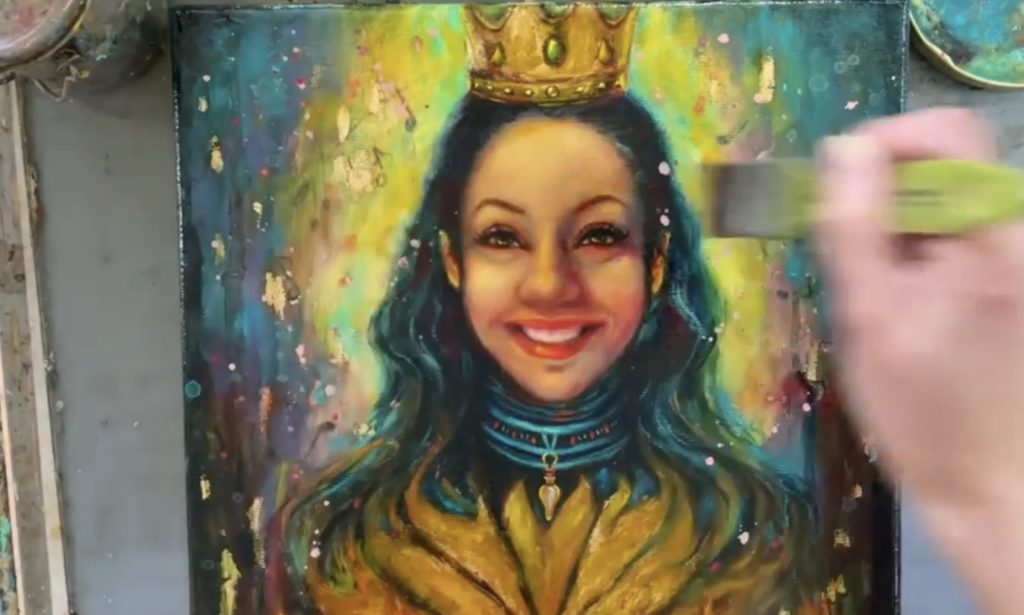
The most common factors that cause this uneven surface include:
- When different amounts of the medium are used inconsistently on on different parts of the painting.
- The amount of oil used in different colors of paint.
- The absorbent ground of the painting surface (such as acrylic gesso) causes the paint to “sink in” thus appearing dull.
Using a varnish will help remedy this problem. It will bring back the vibrancy, saturation, and depth of your colors, and give your oil paintings a unified surface.
Varnish also acts as a protective layer between your painting and environmental contaminants such as dirt and dust and moisture. As dirt and dust accumulate on top of your paintings, you can use a soft damp cloth to clean the surface without damaging the paint underneath.
You’ve probably heard that you must wait 6 to 12 months before you can varnish an oil painting. That was true for the artists of the past who used traditional dammar varnish. But with modern varnishes such as Gamblin’s Gamvar, you can apply it when the thickest part of your painting is dry and firm.
When it comes to retouching varnish, traditional dammar varnish requires a 6 to 12 months period before you can apply it. Retouching varnish allows your painting to “breathe” and continue the drying process.
However, with Gamblin’s Gamvar, you can apply it as soon as your painting is dry to the touch and firm in the thickest area, and you can remove Gamvar with Gamblin’s solvent Gamsol without damaging your painting underneath.
You can see how I varnish in the Instagram Reel below:
Artist/author: Corporate banker turned artist, Lucy Morningstar creates beautiful and spiritual paintings and hosts a podcast called The Conscious Rebel.



